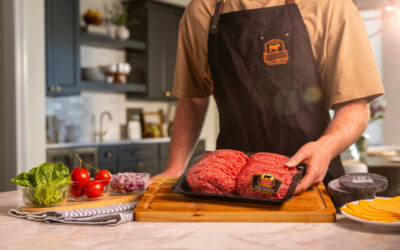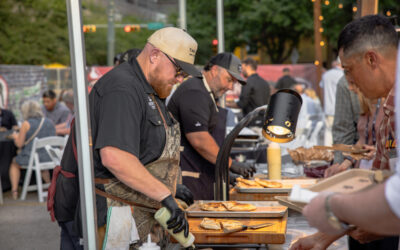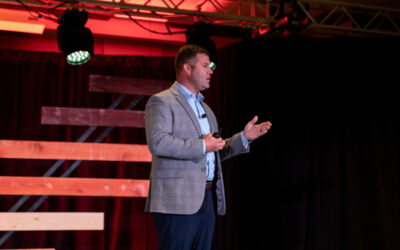
See it to believe it
Eyes brighter, passion brewing, he liked what he saw.
With a background in production, he knew the live side but was captivated by what took place after the cattle left the pens.
“Aside from avoiding getting lost,” he says with a grin, “the fabrication floor was probably the most amazing thing to me. The efficiency, the speed at which that all occurs. It’s a precision operation.”
Fast forward more than a decade later and Paul is still bright eyed and passionate. As one of our beef cattle specialists, he often leads folks through plant tours all across the country. For cattle ranchers with a deep understanding of the industry, he enjoys witnessing their reactions, seeing their eyes grow in admiration as his did years ago.
“I think we understand the process very well, conceptually,” he says. “But it’s one thing to know what happens, and it’s another to view it first hand.”
Last month a group of Montana ranchers did just that. In a winter calm between production sales and spring calving, they visited with partners in the Wheat State.
“Touring the National Beef Packing plants, they gained a new appreciation for the packers in our industry,” Paul says. “A highlight was the grading, when they get the mark of what the final quality level is, that’s where the efforts of all cattle production labor come to fruition.”
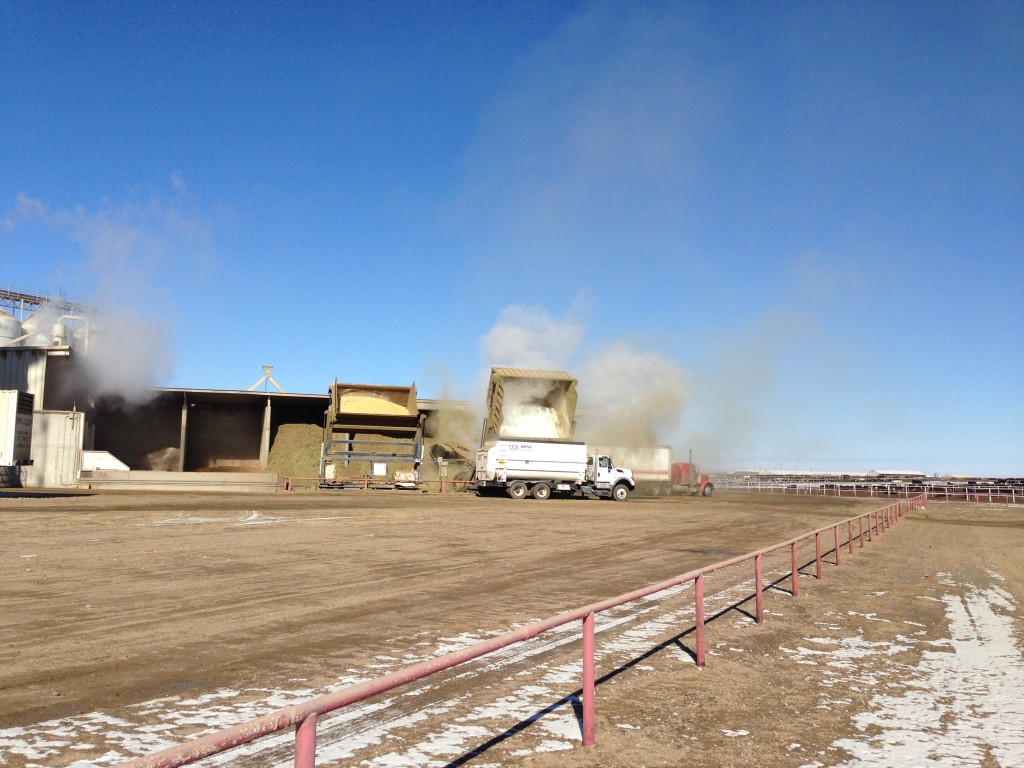
While in Kansas, it wasn’t all packing, though. A visit to Poky Feeders, near Scott City, provided many of the ranchers the opportunity to take a look at some cattle sourced to the yard last fall. They explored the pens, feed mill, hospital and processing barns of the 70,000-head feedlot.
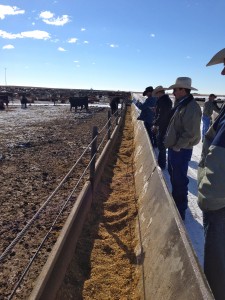
Education was at the forefront as guest speakers, representing Zoetis, Elanco Animal Health, Poky Feeders and a consulting veterinarian to the feedyard discussed topics from health and preconditioning to grid marketing. Paul was on hand to discuss the brand’s ten specifications and the use of DNA technology in production herds.
“We can never go wrong with educational opportunities,” Paul says. “By increasing the understanding of ranchers, particularly from non-feeding and packing regions, they are better prepared to raise cattle that fit the system and hit the premium points. It benefits the entire chain.”
As quickly as it began, the trip came to a close and it was time to head home to a new season and calf crop. As beef people, we understand the sacrifice and determination it takes to be successful in this industry we love, but oftentimes it can help to put a mental image to what we know to be true.
Because at the end of the day, sometimes you just need to see it to believe it.
Montana believes it, and so do I.
Laura
You may also like
Success, Despite Challenges
Today’s market is complex and competitive. The collective effort of stakeholders across the supply chain positions Certified Angus Beef to meet the record demand for premium beef moving forward. Signals across the beef industry are clear and Angus farmers and ranchers seeking high-quality genetics that deliver premium beef are producing a product in high demand.
Keep the Supply Coming
A record-high 800 registrants from 17 countries gathered in Austin, Texas, to learn more about CAB, become inspired by the culinary work of chefs and pitmasters, and celebrate sales and production success. But at the forefront: supply and demand, a reflection of the chaotic past year, and preparing for what’s ahead.
Consumer Demand, Power of Quality
Demand for high-quality beef persists. But with that demand comes challenges. From tight cattle supplies to higher costs and increasing pressure on retailers to deliver a consistent eating experience, the pressure is on. David O’Diam, CAB VP of retail, addressed the current retail beef environment, highlighting both opportunities and challenges in today’s marketplace.

